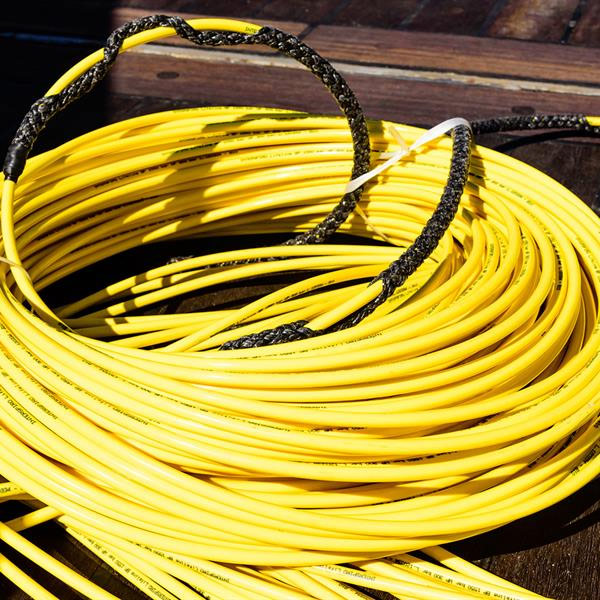Mold Sealer
Prevent Demolding with Mold Release Sealers
While you may be using a mold release agent to prevent demolding issues, such as sticking and part appearance, you could be missing an important step if you’re not using a mold sealer first.
The reason? Molds expand and contract during the thermal changes of each production cycle, causing extremely small cracks to form. Eventually the resin begins to penetrate these cracks, resulting in part and mold damage.
Properly sealing your molds before applying a mold release agent creates a protective barrier, bonding to the mold surface, filling in the microporosity, and providing an ideal surface for mold release bonding.
At Stoner Molding Solutions, we’ve developed a variety of mold sealers for a wide range of production applications.

Stoner's mold sealers are available in many sizes and application types.
Why Stoner Mold Sealers?
At Stoner Molding Solutions we offer a full line of mold sealers designed for the thermoplastics, polyurethane, composites, and rubber industries.
Every Stoner formulation is designed to optimize your production process and significantly improve your bottom line. Stoner’s PhD chemists and molding experts are here to support your manufacturing efforts, consulting with you about your specific processes to find solutions customized for your needs.
Our mold sealers:
- Are specifically formulated to improve release, providing longer mold life
- Designed to form an effective barrier between your tool surface and molding materials to prevent hazing
- Formulated to work with your mold release agent as an effective primer
Talk with a Molding Expert Today!
Our industry-leading experts, chemists, and engineers are here to listen and provide honest value. We’ll help you troubleshoot your process and recommend the right products for your needs. We can even work with you to create custom formulations tailored to meet your production requirements.
Shop Now
Unlike many mold release brands, Stoner Molding Solutions formulates, manufactures, and distributes our own products. Check out our full line of mold releases, sealers, cleaners, rust preventatives, and lubricants. In stock products are ready to ship now!





